Podcast week and over on the show Sophie and I are discussing that renovation – the one in Downing Street. Such is the timing of these things that the first time we recorded this conversation it wasn’t even a story and we mentioned it only in passing idly wondering what it might look like a year from now. Then, two days before the episode came out, the story blew up and the segment sounded like we had recorded it from another planet as we made no mention of how it was dominating the news. So we cut it out. Then listeners started asked for our thoughts. And here, just the story dies down again, they are! Anyway, do have a listen if you fancy.
But over here today, I’m going to focus on the other part of the show. It’s one year since our Diversity special which followed the brutal murder of George Floyd by the policeman Derek Chauvin. The trial is over. Chauvin has been sentenced and the murders of black people at the hands of the police haven’t stopped. If you want to listen again you can find it here. If you missed it (Episode 5 series 7, which aired on 11 June 2020) in brief, I wrote a piece about the lack of diversity in interior design and we followed up with a podcast asking different voices to share their experiences. We spoke to designers and tv producers, commentators and both old hands and those just starting out.
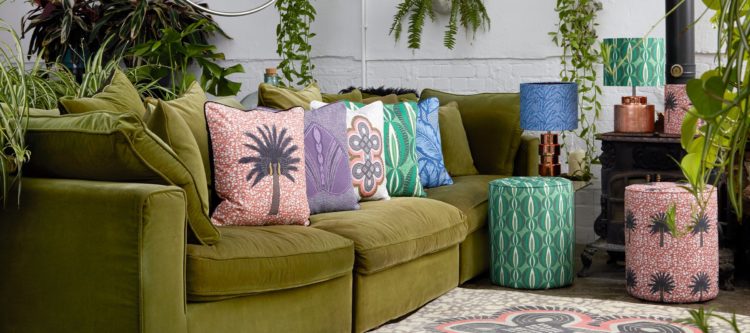
Poonam Sharma, of Modern Luxe Blog, said it was a moment for brands to listen and respond and make sure they worked with all representatives of our diverse nation. Robi Dutter, the executive producer of the BBC’s DIY SOS for six years, talked about how shows like his have a duty to find, and work with, diverse talent both in front of and behind the camera. It might not always be easy to find, or even fully formed, he said, but it is there and should be encouraged and nurtured. While the product designer Eva Sonaike spoke of the responsibility of designers like herself to be role models to those coming after them.
Following that, interior designer Rukmini Patel and I set up Design for Diversity, (and you can read an update here) and in that show we also interviewed Alexandria Dauley who launched United in Design with Sophie Ashby. One year on Alex tells us everything she and Sophie have achieved (it’s a lot) and announces details of a live event coming up in July. We also hear from Simon Hamilton on what progress he thinks has been made and what still needs to change. We’re not there yet by any means but do have a listen and see what you think.
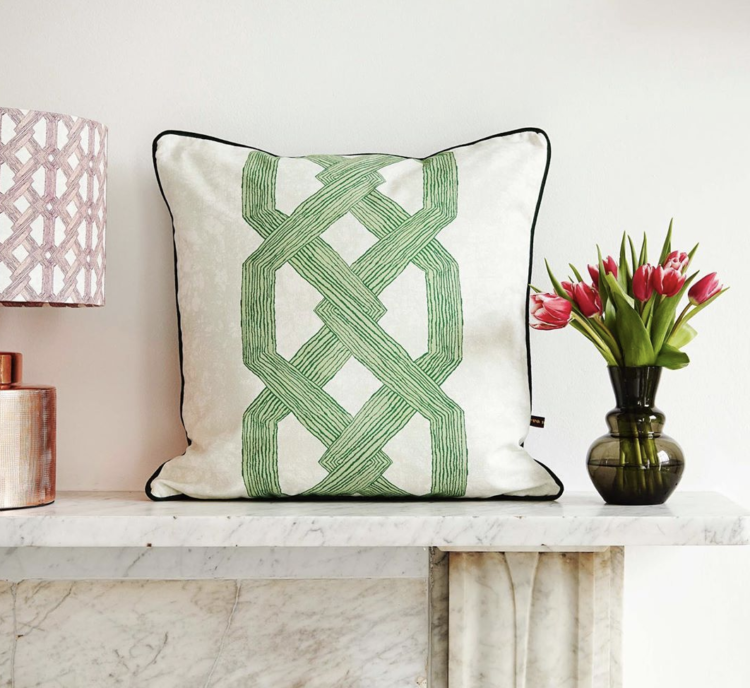
Design for Diversity now has 150 sign ups from companies large and small pledging to seek out and work with a more diverse range of people. Heals has spoken to every member of staff about their experiences and what every individual can do. It’s only a start as they acknowledge. Bigger companies have been slower to get their strategies in place but smaller ones like The Monkey Puzzle Tree, which is based near Leeds had struggled to find a diverse range of local designers and while Covid has slowed things down she is now working with two designers, Josephine McYebuah, who lives in Leeds, on wallpaper and an embroiderer Saima Kaur, from Hebden Bridge. And Blackpop were going to sponsor a local student but again, Covid, interfered with their plans to work with her in their studio. Instead they are doing Zoom workshops and working remotely with Jess Boateng to put one of her designs into production later this year.
Of course it’s slow and frustrating but conversations are at least happening. Alex said that one year on from their stated mission to encourage and nurture new and young talent, they now have five apprentices working across four studios each (which allows them to be paid a salary of £22,000 – the cost of which is split between the studios). Design students need a year’s experience before they can get work and the cost of living and working for free has traditionally been prohibitive to all but the most privileged. By asking several design studios to contribute towards a salary and provide a range of experience, this has made it easier for graduates to learn their trade and make a living which will make it easier for them to find more work after their year is up.
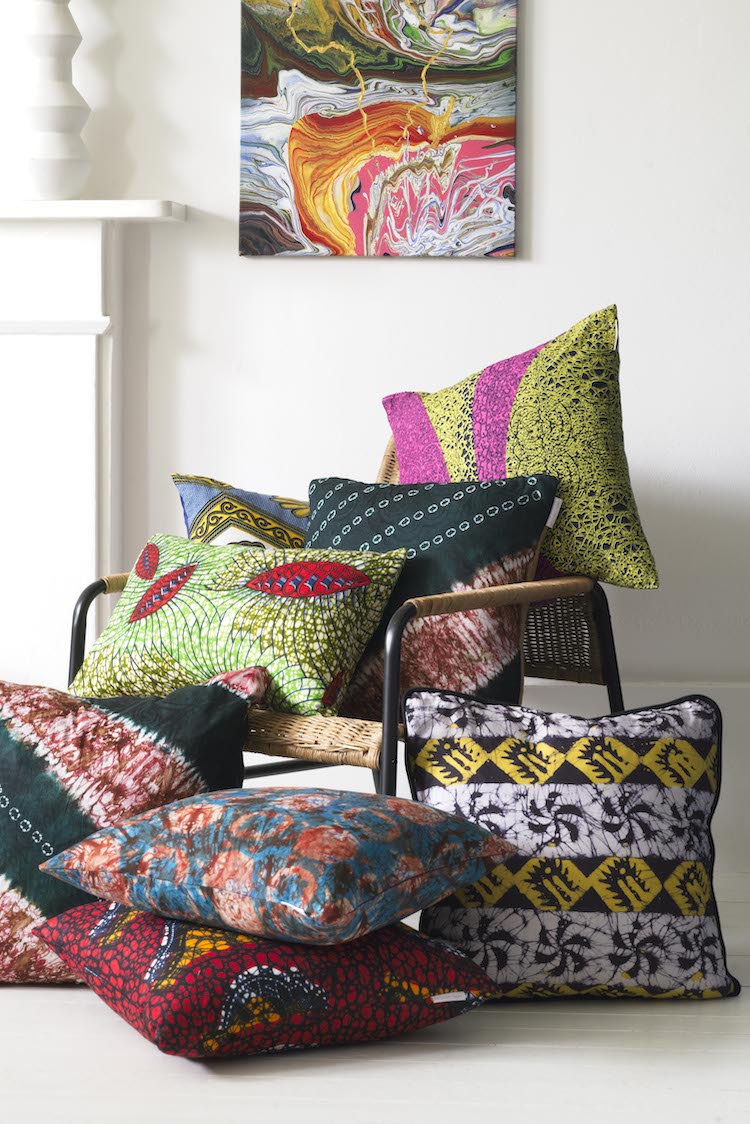
UID has also set up 47 mentee/mentor relationships which can last a lifetime or a fixed period, while the Design Festival on 13 July at Chelsea Design Harbour for both enthusiasts and professionals from all backgrounds will give everyone the opportunity to network as well as have a CV and portfolio review should they wish.
A key element will be about talking to brands about widening the pool of potential employees they look at and not just recruiting from the same, generally expensive, design schools.
I asked Alex if she thought there had been any progress this year and she feels there is a big change in the print press: “It’s much more inclusive than it was and there has definitely been a shift in the narrative,” she said.
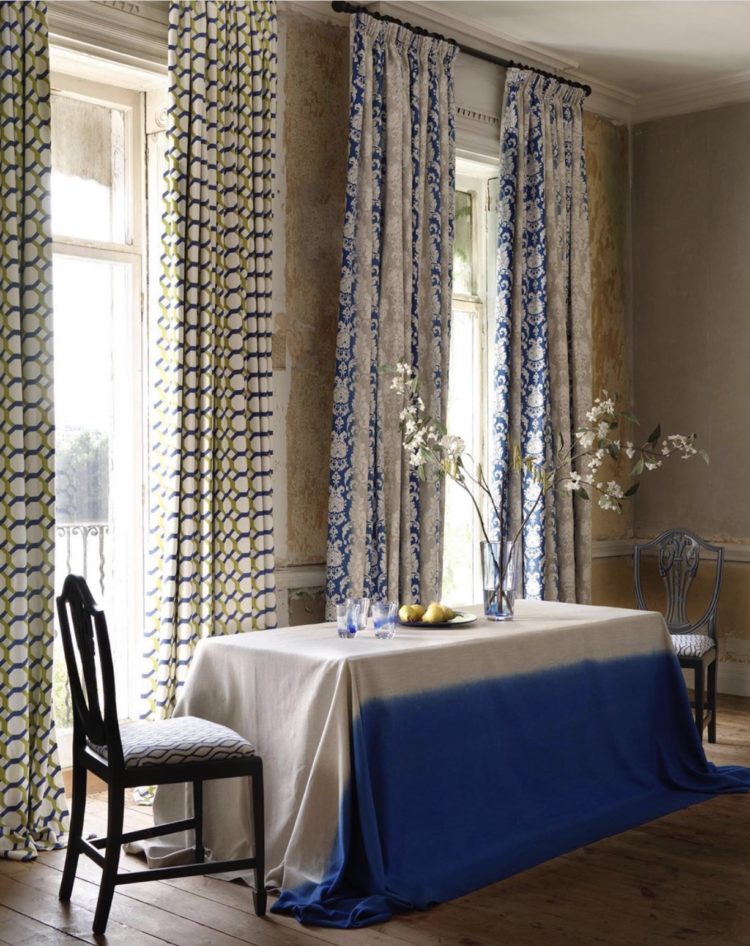
Simon Hamilton, the founder of Design Career Consulting and an interior designer, has lectured at Central St Martins as well as judging the Dezeen sustainability awards. He was also the international director of the BIID (British Institute of Interior Design) between 2010 and 2014. Last year he formed their diversity and inclusion committee. Sophie spoke to him about that and his views on what has happened over the last year following the BIID’s (British Institute of Interior Design) report into diversity within the industry.
“There was no policy at the BIID a year ago but that has now changed,” he said. “They needed to find out what the situation was so they conducted a survey and although the pool of people wasn’t huge, it was a start. They found that the discrimination isn’t what they expected – obviously they found that there isn’t the representation on panel discussions and magazines – but in terms of education there are a lot of designers from black or ethnic minorities. However, the problem is that there is a gap between graduation and getting a job. So that’s where the discrimination lies – in the lack of opportunities following qualifying.”
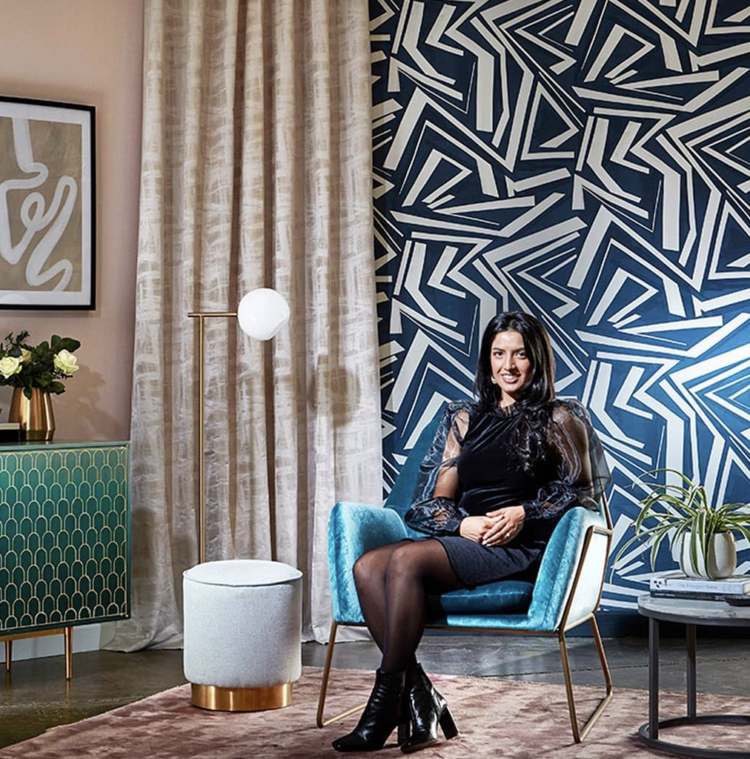
When we discussed this last year there was a general feeling that if you don’t see yourself represented it can be hard to imagine that a certain career is for you, however the BIID survey found that wasn’t the case. Plenty of people from diverse backgrounds are training in interior design but the link between the education and the career path has either broken down or does not exist.
“The attitude of employers has to change,” said Simon. “They may not even be aware that they are discriminating because they are just doing what they have always done and looking in the same places they have always looked for candidates, but it’s creating that awareness and suggesting that when they advertise a job they include a policy saying that the job is open to all. Make a point of it.
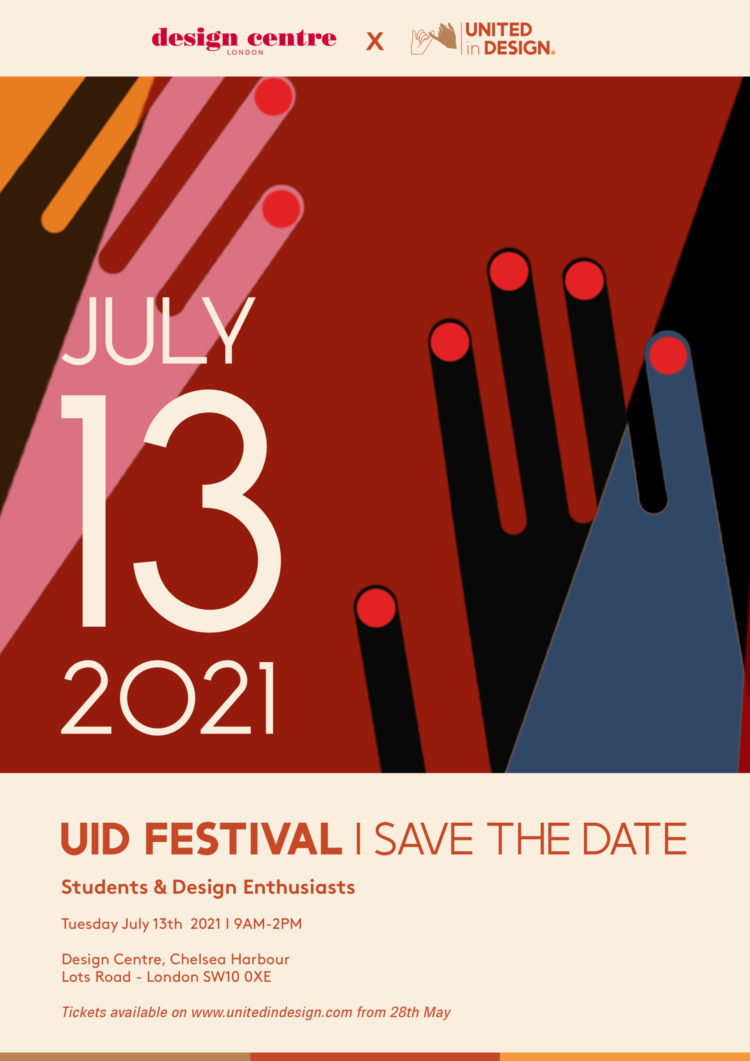
“And maybe start to hold blind applications so you aren’t looking at someone’s name because people do get discriminated against on that basis. Companies should carry out health checks at a senior level so you can see if you are diverse and representative and make sure – when you interview people – the panel is diverse – not just in terms of race, but background and other factors.”
It’s no surprise that the survey found interior design to be a very female-orientated industry and Simon mentioned that some of his friends have felt discriminated against because they are men. “United in Design are working on this as well and addressing the issue of socio-economic discrimination.
“It is a slow process but it has definitely changed from last year. This is the fourth industrial revolution and we need to be aware that culture and how people relate to each other is super important and now is the right time to take this on board. Both UID and the BIID are doing sterling work. Everyone needs advice and guidance and that is what I am doing with my new company. Recruitment needs to look at itself and think about where it advertises positions and where does it talk about diversity on a website or career pages.
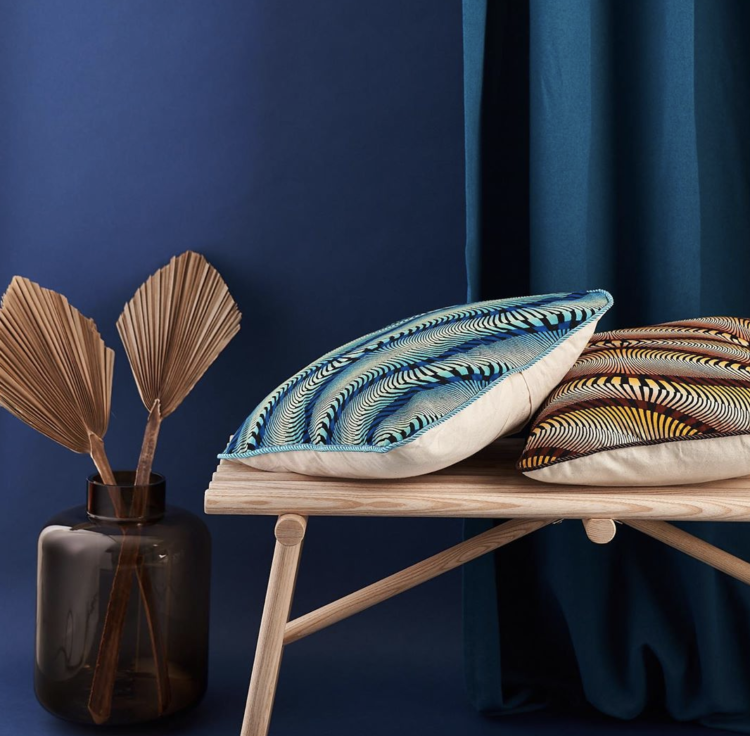
I”t’s an exciting time to be in design – there is a lot going on and far more work than I imagined was going on (against a background of the pandemic). The BIID research is an overall view and now they need to sort out their strategy and how they are going to advise design practices and studios on what they should be doing in terms of recruitment as well as and aligning themselves with organisations that are already taking action such as RIBA (Royal Institute of British Architects) so rather than trying to reinvent the wheel they will collaborate with other organisations – on mentorship for example. It will take a while but it will create a wave.”
Do add your thoughts below but, perhaps more importantly, contact Simon, the BIID and United in Design with them as they have the mechanisms to feed back and make changes within the industry.
UPDATE: A statement from the BIID said: “The BIID is committed to fostering a diverse and inclusive interior design profession and has recently published its three year diversity and inclusion strategy. We believe that a diverse workforce will not only ensure that every talented designer is able to succeed, regardless of their background, but will make the profession itself more creative and successful. Our own research has confirmed the many public and private conversations over the past year that reveal there are still many barriers to entry and career progression within the profession.”
Their strategy will prioritise providing resources and training to help designer run more inclusive practices including recruitment, work experience, internships and staff development.
They will do more research into the barriers to a more inclusive profession and highlight practices that demonstrate diversity and inclusion in action.
There will be more help for students and they will review their own policies and procedures.
To find out more, click here.
WIth huge thanks to Harlequin for their generous sponsorship of the podcast. As part of the Sanderson Design Group, they were one of the first large companies to take the pledge and they have already worked with Rukmini on a campaign. There’s no doubt that the pandemic hasn’t made things easy when it comes events and working together in real life but I’m told there are conversations going on behind the scenes and now that life is starting to return to normal we will hopefully see more changes.





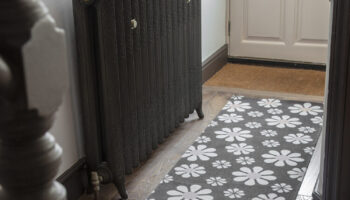
I had almost finished listening to today’s the podcast, and was especially enjoying the updates about diversity in design and interview with Simon Hamilton. The whole Black Lives Matter movement has had a big impact on lots of us, including me. I work in the UK heritage sector and there is a real lack of diversity as well as big gaps in how we record the heritage around us.
But then I get towards the end, and hear that your kitchen is no longer pink. What??? I thought you were gradually increasing the pink walls? And as I was scrolling through your Instagram feed, I heard my name come up! What!!??
So happy you read out my review of the podcast. Thank you! But I’m afraid I am not THAT Catherine Middleton (although maybe she’d also say she worked in the heritage sector!). I am sure she might listen , and would esp enjoy last week’s podcast about country house style. Didn’t she hire Ben Pentreath to do her houses? I’m sure she’d also find your analysis of her aunty Princess Anne’s interior style a few months ago as hilarious as I did!!
To clarify. I mean all job applications should be, at least in the early stages, be blind.
Blind applications is a great idea. Perhaps job applications could be nameless too. This way the best candidates, regardless of colour or creed get credit for their ability. The best person will win the competition/get the job.